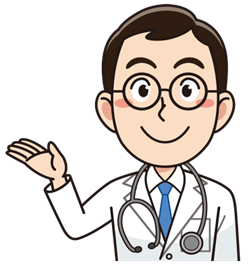ILC's Treatment for Degenerative Lumbar Scoliosis
Having been adopted in over 54 countries globally,
the "Cellgel Method" for treating lower back pain
is now available in Japan
For those who have been told it was impossible to operate,
For those who have had recurrence of pain post-surgery,
A low-risk, outpatient treatment is now an option for you.
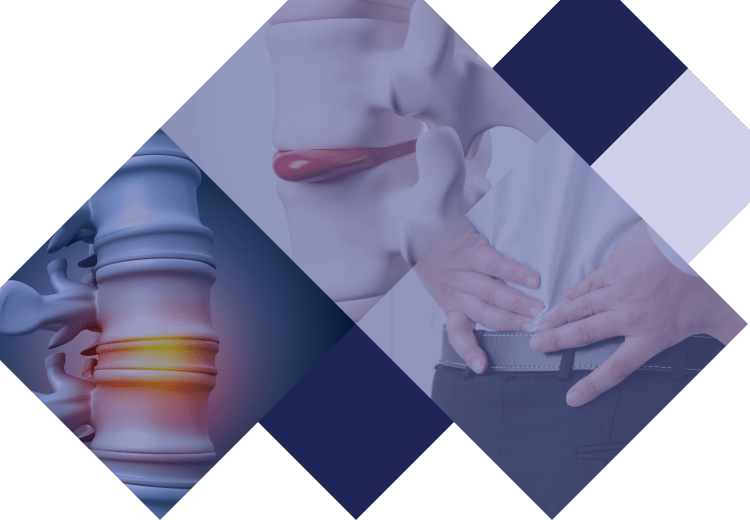
Contents
 Table of Contents
Table of Contents
This page provides information on the main symptoms and causes of degenerative lumbar scoliosis and our treatment procedures. The information includes the method of treatment, treatment time, and information about insurance. We use the Cellgel method, which is one of the most advanced methods in the world, and the characteristics of this method are also described in detail.
Please read this page especially if you have been told that you cannot be cured without surgery, if you have had surgery in the past but have not improved, or if you got better after surgery but the symptoms have recurred.
What is degenerative lumbar scoliosis?
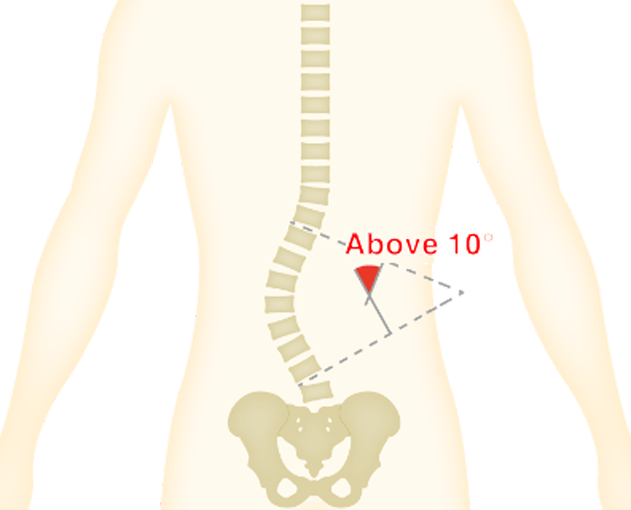
The spinal column is made up of bones held together and stabilized by muscles, fascia, ligaments, facet joints, and intervertebral discs.
Lumbar degenerative scoliosis is a form of scoliosis that appears in middle age or later, despite the absence of scoliosis in adolescence. Scoliosis is defined as a bending of the lumbar spine of 10 degrees or more.
Scoliosis can be caused by everyday habits such as posture (e.g. hunching), sitting cross-legged, or a difference in leg length between the right and left sides of the body.
If the patient has osteoporosis, the bones themselves are not able to withstand the weight of the body and gravity, causing the spinal column to fall forward, causing the scoliosis to be more inclined and painful.
Main symptoms of degenerative lumbar scoliosis
The main symptoms of lumbar degenerative scoliosis are 1. back pain, 1. buttock pain, and 3. leg pain.
If there is coexisting spinal canal stenosis, intermittent claudication (pain and numbness when walking, but can walk again after a short rest) and sciatic nerve symptoms (pain and numbness along the sciatic nerve from the buttocks to the posterior and lateral sides of the lower extremities) may also be present.
Other symptoms may occur as a result of trying to maintain balance, such as severe stiffness in the shoulders or symptoms around the knee joint due to a shift in the center of gravity.
What aggravates symptoms?
- Osteoporosis → susceptibility to compression fractures → bones are unable to support the body, leading to degenerative scoliosis + kyphosis
- Lumbar kyphosis → Spinal column becomes unnaturally straight→ Body falls forward due to inability to distribute gravity → Bent back → Severe stiff shoulders, reflux esophagitis, etc. occur
The spinal column is originally an S-shaped curve, which enables the body to distribute the weight of gravity and other forces from above.
If you think you might experience of any of these symptoms, we recommend that you have them checked out instead of putting them off.
Causes of degenerative lumbar scoliosis
Lumbar degenerative scoliosis is mainly caused by:
- Intervertebral disc degeneration caused by lifestyle habits such as smoking, stress from aging, poor posture, etc.
- Muscle weakness, etc.
These causes prevent normal joint motion, cause wedge-shaped deformations in the vertebral body, and cause degenerative scoliosis.
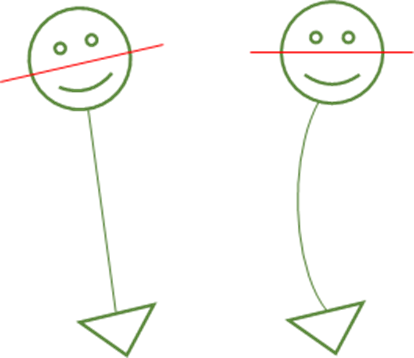
When the pelvis is tilted, such as with hip joint disease, the entire body is tilted. This causes the point of view to tilt as well.
To avoid this, the spine is curved to allow the face to remain level.
If this behavior continues for a long period of time, scoliosis may develop.
What are the effective treatments for degenerative lumbar scoliosis?
Generally, lumbar degenerative scoliosis is first treated with conservative therapy (rehabilitation, bracing, medication, etc.). If symptoms do not improve with conservative treatment and are prolonged, surgical procedures such as lumbar fusion are often proposed.
However, conventional surgical methods such as lumbar fusion and lumbar back decompression require removal and bolt fixation of the bone, and have a high surgical risk and a high recurrence rate (within 2 years) of 30-46% because they do not treat the cause of the problem. Although there are now innovations such as endoscopic surgery and smaller wounds, the principle is the same, and since it does not treat the underlying cause, the risk and recurrence rate are still high.
Here at ILC, we offer the Cellgel method as a treatment for lumbar degenerative scoliosis. We can also accommodate elderly patients who are at high surgical risk or who wish to undergo re-treatment.
By repairing and regenerating the deformed intervertebral discs, we can prevent the spine from becoming distorted and misaligned, which can cause pain and numbness.
At our clinic, we believe that the root cause of lumbar degenerative scoliosis is the degeneration of the intervertebral discs, so merely fixing the distortion of the bones itself does not solve the root cause. It is important to prevent further deterioration by resolving the root cause with the Cellgel method.
Conventional Surgery
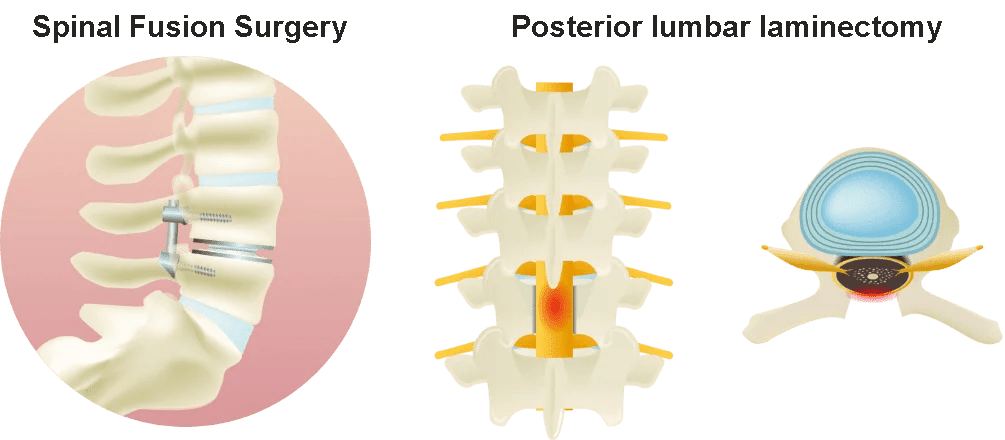
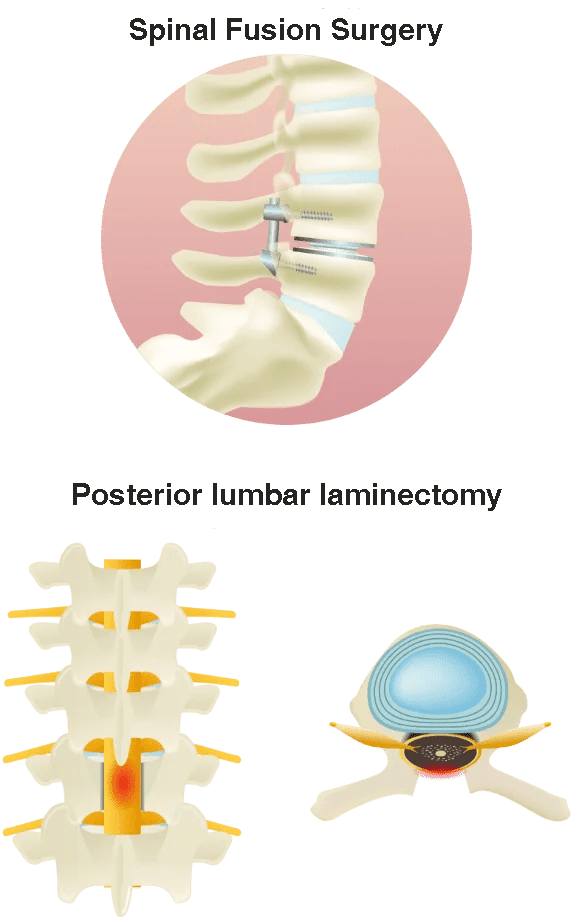
High risk, generally cannot be operated on a second time. High-risk treatment for the elderly. Also, the artificial material implanted cannot be used permanently and is likely to need to be replaced after a certain period of time.
Cellgel Method
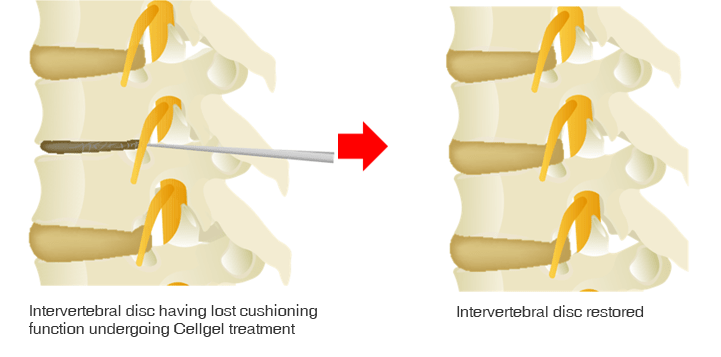
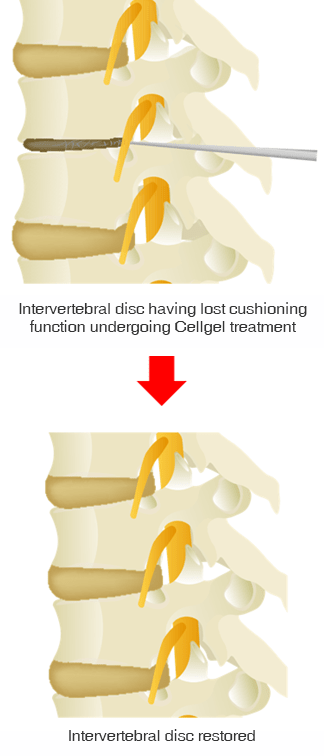
Since many of our patients come from far away,
we are happy to give free consultations to see which treatment is best for you
We'll diagnose your MRI images for free!
Treatment at ILC
There are four main treatments at our clinic.
As mentioned above, the root cause of each back pain disease is "inflammation and deformation due to aging of the intervertebral discs." Although the four treatment methods have different features and advantages, we would like to first introduce the "Cellgel method," which is the only one capable of intervertebral disc repair.
The Cellgel Method
About Cellgel
The Cellgel method is an advanced treatment for low back pain that has been implemented in more than 54 countries worldwide, predominantly in Europe.
As with other treatments, it does not decrease the disc volume, and since the drug remains in the disc as a gel-like implant after treatment, the disc can be preserved. Recent studies have also shown that the volume of the disc increases after treatment.*1
It is also thought that by repairing the disc and preventing leakage of the Nucleus Pulposus, the disc itself will restore its normal function with its own regenerative ability (*2).
It is particularly recommended for patients who are concerned about the risk of conventional disc surgery (MED, PELD, etc.).
*1 Source: European Journal of Radiology 109 (2018) 101–107 , Efficiency of an ethyl alcohol gel in symptomatic disc hernation
*2 Source: International Journal of Spine Surgery Vol. 15 Appendix 1 from regenerative treatment of disc degeneration
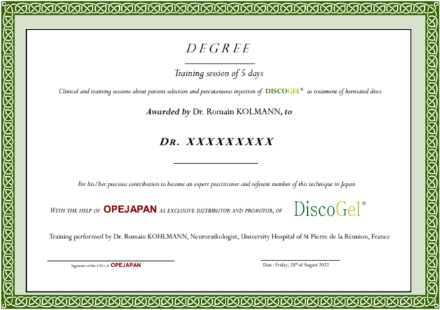
"Very good or good results were obtained in 202 (91.4%) of the 221 patients in group A. Of the 44 patients in group B, 37 patients (84%) presented very good or good results and in 9 (82%) of the 11 patients of group C, we obtained similar results. There was no allergic complication in any of our patients. Long-term follow-up magnetic resonance showed a dramatic reduction in hernia volume."
- Dr. J. Theron, one of the world's leading experts in the treatment of Celgel method, from his research article "Percutaneous Treatment of Lumbar Intervertebral Disk Hernias With Radiopaque Gelified Ethanol - A preliminary study."
Merits of Cellgel
- Possibility to repair intervertebral discs where unable to using surgical or laser treatment
- As the disc is repaired, the disc itself regains its original normal function through its own regenerative ability
- The Cellgel method uses local anesthesia over general anesthesia used in conventional surgery, making it less burdensome on the body
- Treatment is done with a thin needle, so the wound is minimal and recovery is rapid
- Treatment is very short, allowing for outpatient day treatment
- Safe, modern treatment proven in more than 54 countries around the world
Flow Cellgel Treatment Process
-
01 Examination
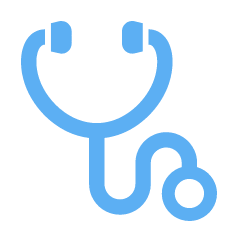
MRI and X-rays will be taken, followed by a doctor's diagnosis.
If the diagnosis proves the Cellgel method suitable, treatment can begin that same afternoon. -
02 Before
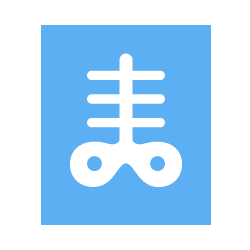
TreatmentAfter entering the treatment room and administering local anesthesia to the lower back, a needle is inserted into the intervertebral disc identified in the examination.
A contrast scan is performed to confirm the location of the damaged disc. -
03 Treatment
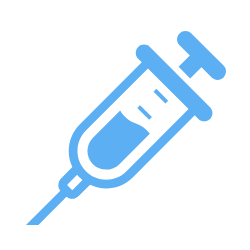
The Cellgel drug is administered to the damaged area while confirming the location of the disc with a fluoroscopy device.
Once the drug has been absorbed, the needle is removed and the bleeding is stopped.
-
04 Returning
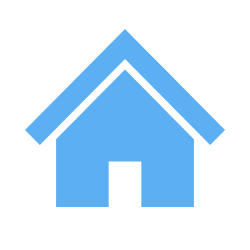
HomeAfter the treatment, the patient rests in a private room for about an hour, and then allowed to go home after the post-treatment examination.
*Resting time depends on the patient's symptoms and condition.
Price Cost of Treatment for the Cellgel Method
| Number of Discs Treated |
1 disc | 2 discs | 3 discs | 4 discs | 5 discs |
|---|---|---|---|---|---|
| Treatment Cost | 1,320,000 JPY | 1,430,000 JPY | 1,540,000 JPY | 1,650,000 JPY | 1,760,000 JPY |
Swipe left/righ
* The cost of treatment is indicated including taxes.
*If treatment is performed at our clinic, all examination/diagnosis costs and test costs such as MRI are included in the above costs.
*This treatment method is not covered by Japanese health insurance, so you will have to pay for the entire treatment yourself.
*Payment by credit card (VISA, MasterCard, JCB, American Express, Diners, Discover) is also possible.
*If you would like rehabilitation (low back pain specialized rehabilitation), it is also possible to pay by bank transfer.
*If you live and work in Japan, you can receive a tax refund by filing your final medical expense return.
FAQ FAQ about degenerative lumbar scoliosis and treatment
-
QWhat's the difference in the reccurence rate between Cellgel and conventional surgery?
-
A
Surgical procedures, which began in the 1960s, aimed to remove and sometimes fix deformed bones and herniated tissue. However, new bone damage caused by screws and the lack of fundamental treatment (repair of the intervertebral disc annulus fibrosus) resulted in the appearance of additional back pain and recurrence rates.
Therefore, in the 1980s, the need for fundamental treatment increased, and the intervertebral disc treatment (Cellgel) that we provide at our clinic began. Cellgel, in particular, have been proven to repair and regenerate the intervertebral disc, resulting in not only improvement of symptoms, but also an extremely low recurrence rate.
-
QHow is the disc to be treated determined?
-
AThe doctor will spend about 30 minutes with the patient while looking at the MRI and X-ray images to determine the cause of the condition, determine the treatment area, and explain the corresponding treatment method to the patient. MRI images show the main factors that contribute to back pain (disc, nerve, ligament, and joint), such as changes in shape, pressure on the nerve, presence or absence of damage, and inflammation. The x-ray image mainly confirms the condition of the bones.
-
QWhy is the Cellgel method applicable to cases where surgery showed no improvement?
-
ADuring surgery for disc herniation, the prolapsed herniation is removed, but the damaged disc remains intact. As a result, fresh nucleus pulposus components leak from the damaged disc and inflammation persists. On the other hand, our treatment can treat the disc injury itself, thus suppressing inflammation by reducing the fresh leakage of nucleus pulposus components.
-
QMy back pain may temporarily worsen after treatment. How long will it last?
-
AThe reason for the lower back pain is that spinal ligaments that have been compressed are stretched; the lower back pain lasts for about two weeks and then subsides.
-
QWhat level of exercise can I perform after treatment?
-
AGeneral recreational exercise and sports can be done without any problem. For professional athletes, the possibility of new disc damage is high and should be discussed in consultation with a doctor.
-
QPlease tell me about what I should be cautious about after treatment.
-
ADuring the first few days after treatment, the patient should rest and avoid prolonged sitting, heavy lifting, twisting, bending, or strenuous exercise. Patients should be able to perform routine tasks one week after treatment and should be able to perform light exercise by the second week. Weight training is allowed after 3 months.
-
QIs the treatment covered by the Japanese national health insurance?
-
ANo, it is not covered by the national insurance. If you have life insurance, you may be eligible. Please feel free to consult our staff regarding this matter.
-
QHow long must I wait to be able to walk after treatment?
-
AIt is an outpatient/day treatment, so you can walk about an hour after the surgery.
-
QHow many doctor visits do I need to make before treatment?
-
AWe require an MRI to be taken within three months for remote diagnosis, either with our affiliated clinic or from data sent by you. You can receive treatment on the same day after phyiscal diagnosis. You may also request only the diagnosis and come back only for the treatment at a later date.
-
QCan I fly immediately after the treatment?
-
AIf there are no problems after the treatment, you may fly. If there is any pain after the treatment, flying may not be recommended depending on the doctor's evaluation.
-
QIs degenerative lumbar scoliosis hereditary?
-
AWhile genetics is said to influence the relationship between the lumbar spine and intervertebral discs, scoliosis osteoarthritis is a gradual deformation that results from the chronic and repeated strain on the spine in everyday life. It is believed that posture and movement in daily life have a significant impact on scoliosis, so daily prevention is important.
-
QWhat should I be cautious of when I am diagnosed with degenerative lumbar scoliosis?
-
AOnce you have been diagnosed with a degenerative lumbar scoliosis, the first step is to prevent further disc and bone degeneration. If you perform a lot of back-straining activities or tasks, reduce the frequency of such movements, and listen carefully to your doctor's advice to determine what you should do next.
-
QDoes lumbar degenerative scoliosis cause nerve-related symptoms?
-
AGenerally, the pain is in the lower back, legs, and buttocks, but some patients complain of numbness if there is a complication of spinal canal stenosis.
-
QWhat's the difference between lumbar degenerative scoliosis and disc herniation?
-
ALumbar degenerative scoliosis is a condition in which the bones of the lower back are curved due to the inability of normal joint movement caused by disc degeneration, resulting in pain due to inflammation of the deformed disc and numbness due to nerve compression. A herniated disc refers to a case in which the nucleus pulposus inside the disc protrudes outward and compresses the nerve, causing pain and numbness. Although the conditions of these diseases are different, they both have in common that disc degeneration is a factor.
-
QCan a lumbar degenerative scoliosis be cured without surgery?
-
AUnfortunately, there is no complete cure for bone deformities.
It is possible to reduce inflammation and prevent the worsening of pain and progression of symptoms by relieving symptoms and improving the overall physical condition of the patient.
-
QAre there medications to cure a lumbar degenerative scoliosis?
-
A
Medication will not fundamentally cure the disease.
However, medications may be prescribed to relieve pain and improve blood flow. For severe pain, it may be necessary to take painkillers. Patients who have been taking medication for a long time may experience other pain and side effects if the medication is abruptly stopped.
-
QCan I continue working if I have lumbar degenerative scoliosis?
-
A
It is possible to continue, depending on the severity of the symptoms.
However, if your job involves a lot of desk work or heavy labor, you need to refrain from such work as much as possible, as it is hard on the lower back.
If it is difficult to change your work environment, consider improving your physical condition, posture, and muscle strength. If these methods improve the condition, we recommend that you continue to use them.If there is no improvement, we recommend that you consult a doctor and receive a diagnosis.
-
QCan rehabilitation improve lumbar degenerative scoliosis?
-
AIt is possible to alleviate the pain caused by the inflammation that is currently present and to raise the patient's body in a way that makes it difficult to straighten. It is also difficult to cure lumbar degenerative scoliosis itself (restore the spine to its natural angle), which is accompanied by deformation of the spine, but it is possible to improve a relatively straight spine for degenerative scoliosis that has been tilted due to gravity.
ILC Rehabilitation X Lumbar Degenerative Scoliosis Treatment
Although the Cellgel method can repair and regenerate the disc itself, and other treatment methods we offer can fundamentally heal the disc; it is possible that the cause of back pain is not only the disc, but also muscles, joints, and ligaments that are affected by the disc.
In cooperation with our rehabilitation specialists, we recommend treating back pain caused by muscles, joints, and ligaments together.
We also offer a short-term intensive program for patients who live far away or overseas.
-
ILC's Low Back Pain Treatment
Outpatient Treatment
Improve back pain disorders/
symptoms in relation to the nerves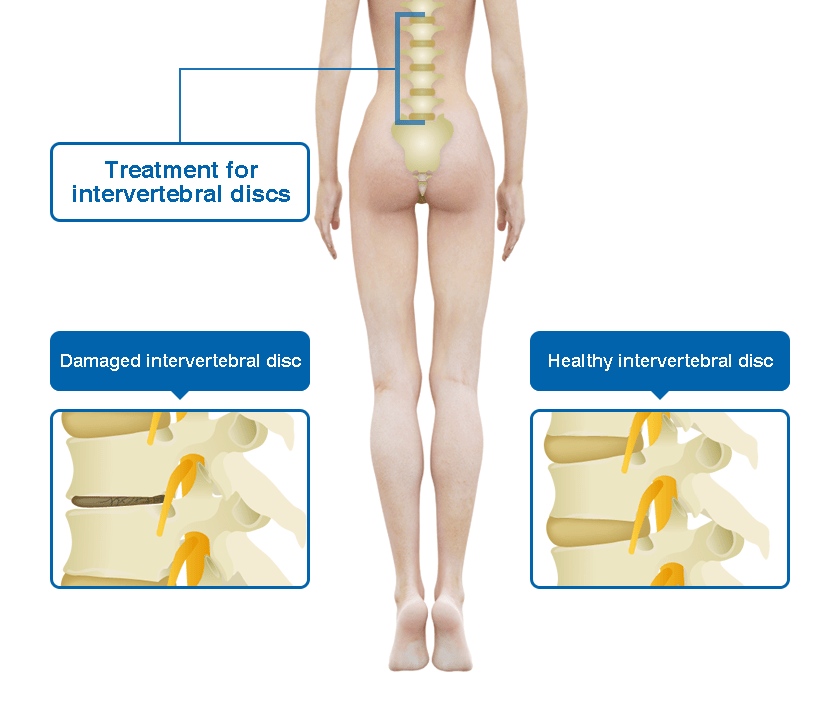
-
ILC's Rehabilitation Program
Specialized Low Back Pain Rehabilitation
Improve back pain disorders/symptoms in
relation to the joints, muscles, ligaments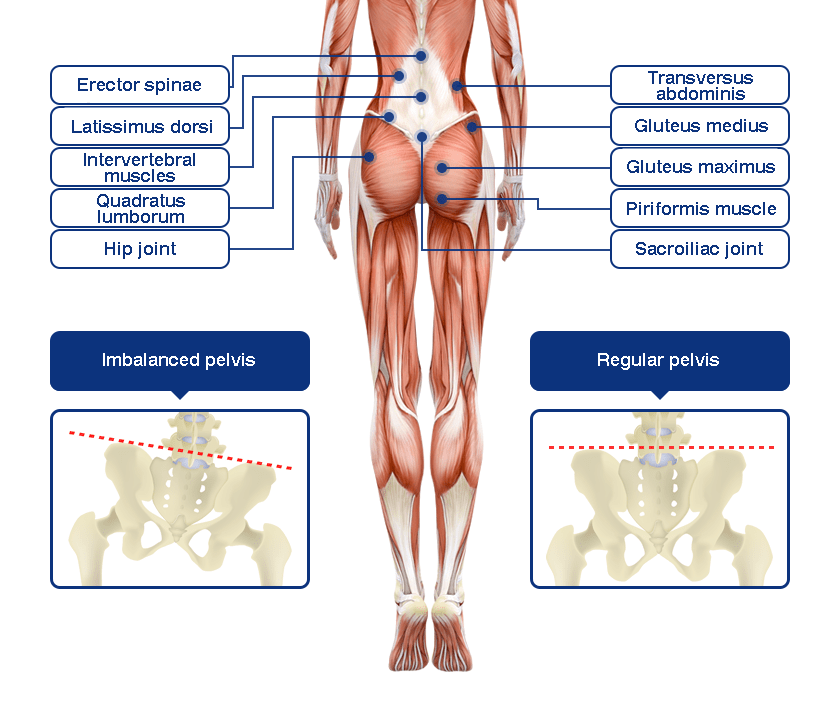
-
01
ILC's Specialized Back Pain Rehabilitation
Our Rehabilitation Approach to Lumbar Degenerative Scoliosis
Degeneration of the spine is caused not only by age-related changes, but also by habitual poor posture in daily life and work. As long as the habitual stress continues, the progression of lumbar degeneration cannot be controlled.
Once deformity occurs, it is difficult to return to the original state through rehabilitation, but it is possible to suppress the progression of degeneration.
In our rehabilitation program, we intervene to alleviate pain and to control the degeneration.
Pain relief is achieved through exercise therapy to eliminate pressure on the lower back, and acupuncture and moxibustion therapy to alleviate the inflammation that causes pain.
When pain due to inflammation is prolonged, oxidative stress is often elevated, nutritional conditions in the body worsen, so we provide dietary therapy and other treatments to improve symptoms.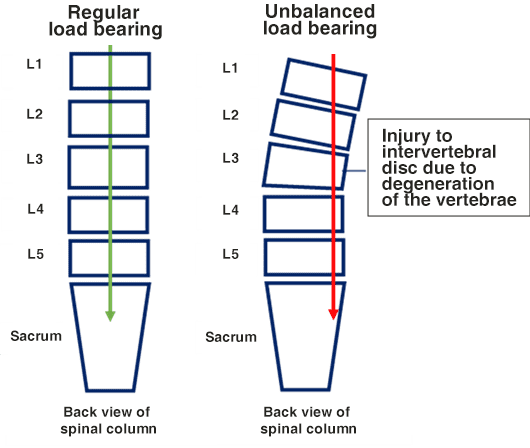
-
02
ILC's Specialized Back Pain Rehabilitation
How to Evaluate Lumbar Degenerative Scoliosis
In order to understand the state of a lumbar degenerative scoliosis, a consultation is held with the doctor to determine the damaged site and shape based on imaging findings, and to determine the area under stress.
Using the findings as a reference, we will evaluate the aggravating and mitigating factors of the symptoms in the posture and movements of daily life while actually moving the body slowly.
Aggravating factors are defined as movements that should not be performed, and mitigating factors are symptoms that can be alleviated by doing certain body movements.
We will comphehensively evaluate these factors with muscle strength and stiffness, and explore the nature of the symptoms.
If necessary, a Spinal Mouse is used to evaluate the condition of the vertebrae caused by changes in posture. -
03
ILC's Specialized Back Pain Rehabilitation
Rehabilitation Treatment for Lumbar Degenerative Scoliosis
There are two main types of treatment methods for lumbar degenerative scoliosis:
-
Rehabilitation of Daily Habits
-
i. Exercise therapy to correct posture and movements that lead to worsening of back pain
- Creation of a program suitable for each individual, as it is not always good to return the posture to the correct center
- Activation of inner muscles and anti-gravity muscles to maintain a posture that is resistant to gravity and body weight
- Acupuncture treatment to relieve pain and improve myofascial mobility
-
i. Exercise therapy to correct posture and movements that lead to worsening of back pain
-
Dietary Guidance
When disc degeneration is progressing, the disc is prone to irritate the nerves that cause pain. In addition to excessive stress, such a condition causes excessive production of reactive oxygen species (ROS).
ROS is a partially activated form of oxygen taken into the body. While ROS work as a cellular transmitter and immune function, excessive production of ROS is a substance that is greatly related to lifestyle-related diseases such as cancer and cardiovascular diseases. The state of excessive presence of reactive oxygen species in the body is called oxidative stress.Reactive oxygen species cause oxidation and damage to intervertebral discs. Antioxidant supplementation is necessary to control oxidative stress levels to normal levels.
Recent studies have proven that enzyme intake reduces oxidative stress better than the typical antioxidants, vitamins A, C, and E.Since oxidative stress causes disc degeneration, which is the cause of herniated discs and spinal canal stenosis, our facility offers therapeutic diets (such as brown rice meals and enzyme drinks) as part of our residential rehabilitation program.
-
Rehabilitation of Daily Habits
-
04
ILC's Specialized Back Pain Rehabilitation
Treatment Period for Lumbar Degenerative Scoliosis
The treatment of lumbar degenerative scoliosis is primarily based on pain relief. It is difficult to improve the angle of scoliosis through rehabilitation alone.
If the lack of muscles to counteract gravity has a significant influence on the scoliosis, working on muscle strengthening may improve the condition.
Since lumbar degenerative scoliosis cannot be completely cured by rehabilitation, it is most important to prevent the progression of the disease with long-term and regular rehabilitation.
We aim to achieve 100% effectiveness of treatment while incorporating the latest technology, so we spend at least 30 minutes with each patient to carefully and meticulously examine the patient's concerns in order to make a proper diagnosis and propose the most suitable treatment methods.
We are certain to find a way to alleviate or eliminate the pain and numbness you are experiencing, so please do not give up and give us a call instead!
- Tadaaki Minowa, Clinic Director
